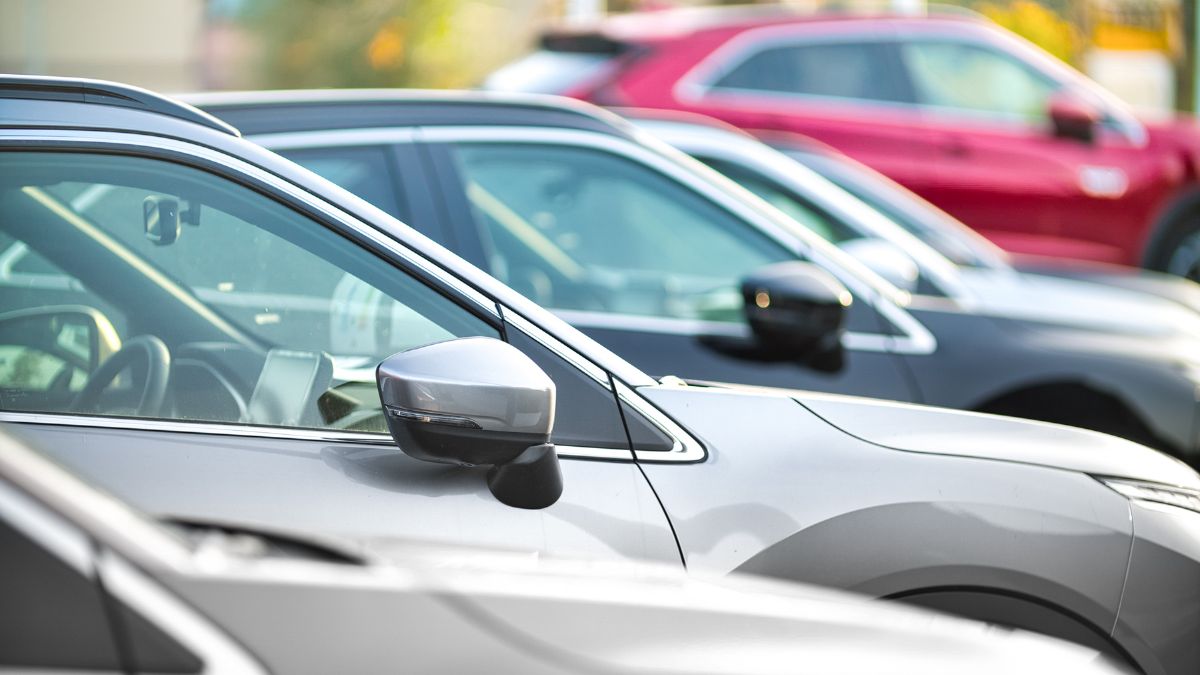
What to Look for When Buying a Used Car in Kenya (2025 Guide)
Buying a used car in Kenya? You’re making a smart financial move. Second-hand vehicles offer great value but only if you know what you’re doing. The market is full of gems — and a few lemons. One wrong move and you could end up with a car that’s more trouble than it’s worth.
Whether you’re a first-time buyer or a seasoned motorist, this 2025 guide breaks down everything you need to check before committing to that used car. Let’s get started!
1. Confirm the Ownership (No Room for Guesswork)
Before you fall in love with that sleek body or low mileage, verify who actually owns the car.
Here’s how:
- ✅ Ask for the original logbook — not a photocopy, not a duplicate.
- ✅ Check the seller’s ID with the name on the logbook.
- ✅ Log in to NTSA TIMS and check ownership details, pending disputes or duplicate logbooks.
Red flag alert: If the logbook was recently reissued or the seller hesitates to share their ID, be extra careful. Many stolen or disputed cars are sold this way.
2. Match the Chassis & Engine Numbers
This step is often skipped — but it’s critical.
Walk to the car and check:
- That the chassis and engine numbers match what’s on the logbook and NTSA database.
- That the numbers haven’t been tampered with — no scratches, no re-welded areas, no paint touch-ups around the numbers.
Don’t know what to look for? No problem. Bring a trusted mechanic or use a professional inspection service. Better safe than sorry.
3. Inspect the Exterior & Interior
Now the fun part — but don’t let the shiny paint distract you.
Exterior:
- Look closely for dents, repainted sections, uneven panel alignment or misaligned doors.
- These can be signs of previous accidents or poor repair jobs.
Interior:
- Test everything: windows, mirrors, air conditioning, radio, infotainment system, dashboard lights and seat adjustments.
- Check the upholstery for excessive wear or stains.
Pro tip: Take a few photos during your inspection. It helps you compare later or when negotiating the price.
4. Fire Up the Engine & Go for a Test Drive
This is where many hidden issues will reveal themselves.Fire up the engine and:
- Listen for knocks, rattles or unusual engine sounds.
- Check for warning lights like check engine light, oil pressure or battery warning.
- Look at the exhaust — blue or white smoke is a no-no.
- Take it for a spin and check:
- Smooth gear shifts
- Brake responsiveness
- Suspension comfort
- Steering alignment
If it feels shaky, noisy or slow to respond — think twice.
5. Check Underneath for Leaks
Oil stains under the car? Leaking coolant near the radiator? That’s a mechanical issue waiting to eat your budget.
Check for leaks in:
- Engine oil
- Transmission fluid
- Brake fluid
- Power steering fluid
Even small drips can mean bigger — and more expensive — repairs.
6. Ask for Service History (And Actually Read It)
A well-maintained car tells its story through its records.
Ask for:
- Receipts from garages or mechanics
- A service book stamped with regular servicing
- Records of oil changes, brake pad replacements, tire changes, and timing belt services
A car with regular servicing is more likely to be reliable in the long run.
7. Negotiate Based on What You’ve Found
This is where your detective work pays off.
Use everything you’ve discovered — mileage, body condition, service records, tire condition and any needed repairs — to negotiate a fair price.
You can check prices on platforms like cheki.co.ke or check the going rate for similar models to avoid being overcharged.
And remember: if the car needs new tires, insurance or full service, factor that into your final budget.
8. Never Skip the Sale Agreement
If you’ve decided to buy, don’t rely on a handshake or “trust me bro” vibes.
Here’s what to do:
- Draft a written sale agreement
- Include:
- Buyer and seller names + ID/passport numbers
- Vehicle details (make, model, registration, chassis number)
- Agreed price and payment method
- Signatures from both parties and at least one witness
You should also get a receipt of payment as proof.
Warning: Avoid anyone asking for full payment in cash or refusing to meet in person. And never agree to “buying on behalf of a friend.”
Final Thoughts: Take Your Time, Ask Questions, and Always Verify
Buying a used car in Kenya is not just about finding a good deal — it’s about buying smart. The market has plenty of clean, reliable vehicles. But the occasional rogue seller can leave you with regret (and legal headaches).
Here’s a quick wrap-up checklist:
- Confirm logbook and NTSA ownership
- Check chassis & engine numbers
- Test drive + listen for weird noises
- Ask for service history
- Draft a sale agreement
If in doubt, just walk away. Your money is precious.